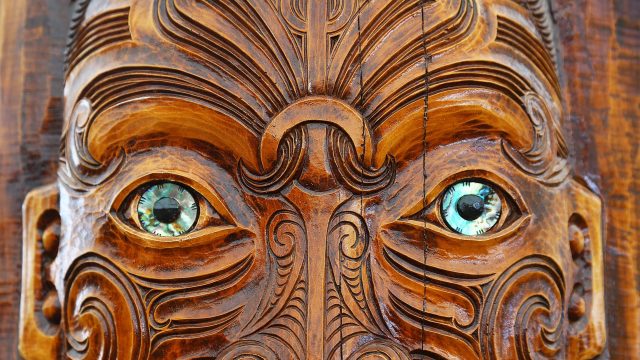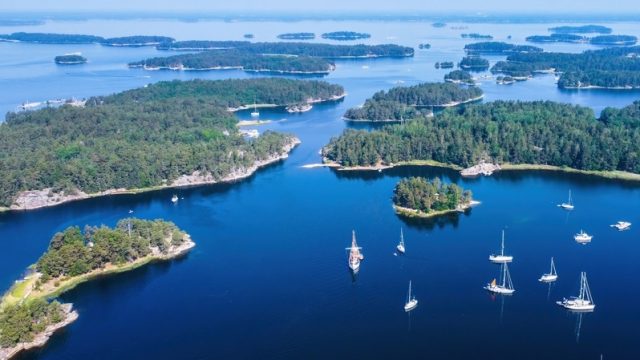Articles found in: Norway

Making Travel Meaningful: Connecting with Indigenous Communities
Published on August 20, 2024
Making Travel Meaningful: Connecting with Indigenous Communities By: Gina Bang, Chief Sales & Marketing Officer, Avanti Destinations In a world increasingly dominated by mass tourism, travelers are seeking more meaningful experiences. Immersing yourself in the traditions of indigenous communities offers a window into a world that is both ancient and profoundly different from our own. […]
Keep reading
Nordic Countries Once Again Named “World’s Happiest”
Published on October 27, 2023
Nordic Countries Once Again Named “World’s Happiest” By Madigan Talmage-Bowers, TCS World Travel As in past years, Nordic and northern European countries have claimed the top spots on the list of “world’s happiest countries” in the 2023 World Happiness Report, an annual ranking that aims to quantify the aspirational concept of happiness around the globe […]
Keep reading
